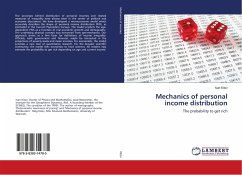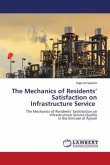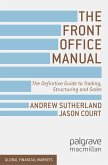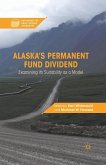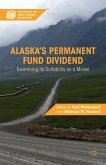The processes behind distribution of personal incomes and related measures of inequality have always been in the center of political and economic discussions. We have developed a microeconomic model which accurately describes the shape of personal income distribution (PID), as estimated in the Current Population Surveys. The model predicts the age-dependent PIDs as a function of real economic growth and demography. The underlying physical concept was borrowed from geo-mechanics. Our approach serves as a firm basis for definitions of income inequality. Officials, both government and financial, might be interested in the projections of poverty levels and mean incomes. For economists, the model provides a new tool of quantitative research. For the broader scientific community, the model links economics to hard sciences. All readers may estimate the probability to get rich depending on age and current income.

